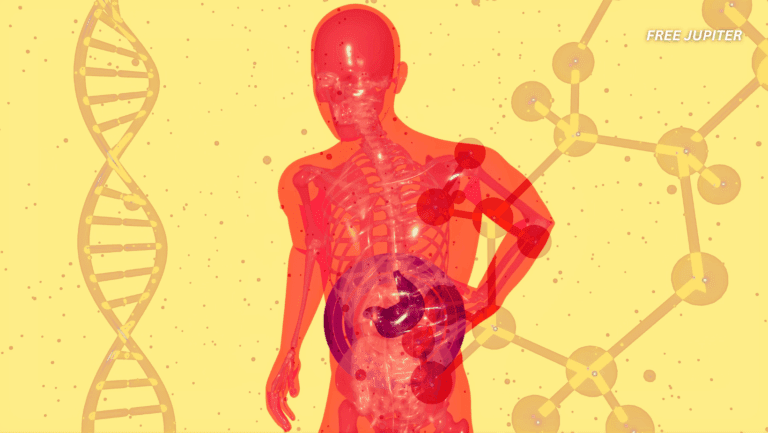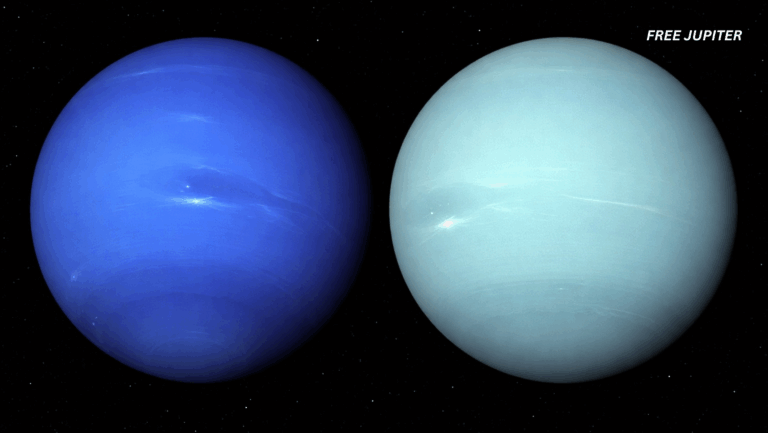Disclaimer: The information in this article is for general informational purposes only and is not medical advice. We are not doctors, and this website is run as a family hobby project. Always consult a qualified healthcare professional before making decisions about your health. Please fact-check any claims and use this content as a starting point, not a substitute for professional guidance.
Take a look at an old photo album from the 1970s, and you might do a double take. A 50-year-old back then often looked like a grandparent, while today’s 50-somethings are running marathons, starting businesses, or dancing on TikTok. So what’s going on?
It’s not magic—though it might feel like it. Scientists, psychologists, and cultural observers agree: the reason people seem younger today than in decades past comes down to a mix of biology, lifestyle, fashion, technology, and shifting expectations. Aging hasn’t stopped—but how we see it, and live it, has dramatically changed.
Let’s unpack how we got here.
Aging Is Now More About Mindset Than Just Mileage
Once upon a time, age was seen as a fixed number with set expectations. Gray hair? Retire. Wrinkles? Time to slow down. But today, how old someone feels matters just as much—if not more—than how many candles are on their cake.
Psychologists call this “subjective age”, or how old someone feels inside. And here’s the twist: feeling younger than your actual age can shape how you act, how you look, and even how others see you. People who think of themselves as youthful tend to stay socially active, keep learning, and maintain a spark of curiosity. In turn, that mental energy can reflect physically, making them appear younger than they are.
Age Perception Is a Moving Target
How old we look to others isn’t just about lines on a face. It’s influenced by dozens of little details: skin tone, posture, voice, hair style, energy level, even clothing choices. And it turns out, our collective view of what “a certain age” looks like has changed over time.
For example, someone in their 60s today might dress in jeans and sneakers, hit the gym regularly, and keep up with tech trends. That paints a very different picture than the buttoned-up, more reserved version of aging common in past generations.
Beauty Standards Have Loosened Up
Back in the 1950s and ‘60s, aging often meant fading into the background. Wrinkles and gray hair were seen as signs of decline, and youth was idealized in every magazine and movie.
Today’s beauty standards are more flexible. Getting older doesn’t automatically mean losing value or visibility. In fact, aging gracefully—or even glamorously—is often celebrated. Think of public figures like Jennifer Lopez, Paul Rudd, or Halle Berry, who defy age stereotypes and look amazing doing it.
The message has shifted: aging doesn’t mean you disappear. It just means you evolve.
Read more: “Cases Are Exploding”: Living Near a Golf Course May Raise Your Risk of Parkinson’s, Study Warns
Fashion Doesn’t Age Anymore
Clothing used to act like a visual age stamp. Middle-aged and older adults often wore more conservative, dated styles—basically, you could tell someone’s age group by what they had on.
Now, fashion has gone more ageless. It’s common to see people in their 50s and 60s wearing the same sneakers, jeans, or hoodies as people half their age. Comfort, self-expression, and personal style have taken over where strict “age-appropriate” rules once ruled.
This merging of generational styles has blurred the lines—and made everyone look a little younger.
Healthier Habits, Healthier Looks
One of the biggest reasons people today appear younger is simply because they’re living healthier lives.
Regular exercise, nutritious food, better sleep habits, and reduced smoking have all played a part. In fact, the rise of wellness culture has made things like yoga, jogging, and even meditation a regular part of life for many people at any age.
In the past, smoking was more widespread, and awareness about the long-term effects of processed foods and alcohol was limited. Today, not only are these risks better understood, but people actively try to avoid them—and it shows in how they age.
Science and Skincare Have Come a Long Way
Let’s not forget the role of modern medicine and beauty tech.
In the 1970s, skincare options were pretty basic. Now, we have serums, SPF knowledge, retinol, laser treatments, fillers, and all kinds of non-invasive procedures that help maintain a youthful glow without going under the knife.
Cosmetic tweaks aren’t just for celebrities anymore—they’re more accessible and widely accepted, and they’ve quietly helped reshape what different ages “should” look like.
Read more: How Does Lightning Really Start? This New Research Has a Surprising Answer
Social Media Keeps Everyone on Their Toes
The rise of platforms like Instagram, TikTok, and YouTube has added a new twist: being “seen” is now part of daily life.
People of all ages are posting selfies, sharing videos, and engaging with a visual world where appearance plays a central role. This has nudged many people to care more about how they present themselves—through skincare, fitness, style, or overall wellness.
While it can be superficial at times, this shift has also made self-care more normalized, not just a luxury.
Celebrities Rewriting the Rules
Public figures influence how we think about aging. When stars in their 40s, 50s, and beyond look radiant, energetic, and stylish, they create a new model for what aging can look like.
These images may not reflect everyone’s reality, but they do challenge outdated stereotypes. They say: “Look, age isn’t what it used to be.”
Nutrition Has Stepped Up
We now know much more about what goes into a balanced, health-boosting diet. People are eating fewer processed foods and more fruits, vegetables, healthy fats, and whole grains. Antioxidants, omega-3s, and hydration aren’t just buzzwords—they’re part of everyday eating habits that support everything from glowing skin to sharp minds.
The connection between food and aging is now well-established, and people are making choices that help them feel and look better for longer.
Exercise: Not Just for the Young
Fitness has become a lifestyle, not just a hobby. And it’s no longer just for the young or athletic.
Older adults are doing strength training, going for hikes, joining dance classes, and walking more than ever. Movement isn’t just about staying in shape—it also boosts mood, energy, brain health, and yes, appearance.
Where previous generations might have slowed down with age, today’s adults often speed up.
Public Health Education Has Paid Off
Thanks to decades of public health campaigns, people are more aware of the risks of smoking, excessive alcohol use, and sun damage—three major contributors to premature aging.
This knowledge has shaped behavior, leading to healthier, more informed choices that help preserve a youthful appearance and energy level.
A Good Attitude Really Does Make a Difference
Believe it or not, having a positive mindset may be one of the most underrated anti-aging tools around.
Studies show that optimism, social connections, emotional resilience, and the ability to adapt all help reduce the impact of stress—which, left unchecked, can speed up aging inside and out.
People who embrace life, laugh often, stay curious, and nurture relationships often feel younger—and that often radiates outward.
Final Thoughts: Aging, But Not Getting Old
So, why do people seem younger now than 50 years ago?
Because we’re not aging the way we used to. Better food, more movement, evolving fashion, medical advances, and a serious shift in how we think about growing older have all played a role. Most importantly, today’s aging is more active, more visible, and more personal.
Getting older may still be inevitable—but looking and feeling old? Not so much.
And maybe that’s the real fountain of youth: living life fully, at any age.
Disclaimer: The information in this article is for general informational purposes only and is not medical advice. We are not doctors, and this website is run as a family hobby project. Always consult a qualified healthcare professional before making decisions about your health. Please fact-check any claims and use this content as a starting point, not a substitute for professional guidance.










